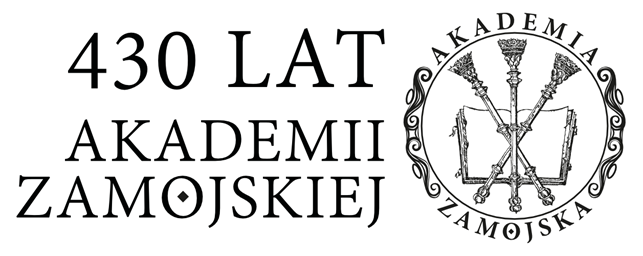Cardinal Stefan Wyszyński Museum in Prudnik: The Past and The Present
Abstract
Cardinal Stefan Wyszynski was imprisoned by communist authorities from September 25, 1953 to October 28, 1956. One of his places of confinement was the Franciscan monastery in Prudnik-Las, where he stayed from October 6, 1954 to October 29, 1955. Prior to Wyszyński’s arrival, the army evicted the Franciscans living there. It was only in 1957, two years after the cardinal was transferred to Komańcza, that the monks regained the monastery thanks to the efforts of the residents of Prudnik. In the rebuilt monastery, the cell in which Wyszyński had stayed was converted into a memorial chamber devoted to him. The chamber was opened by Cardinal Józef Glemp, Primate of Poland, on May 8, 1983, during the consecration ceremony of the monument to Cardinal Stefan Wyszyński in front of the monastery. As the original furnishings had not been preserved, the cell was equipped with the furniture from the period of the primate’s imprisonment. The arrangement of the cell is intended, through its realism, to reflect not only the living conditions of the imprisoned cardinal but also to make visitors better acquainted with his life and pastoral activities, as well as the social and political reality of Poland in the 1950s. In 20007, taking advantage of modern media, the organizers opened an audiovisual room on the first floor of the monastery, featuring an exhibition of the primate’s memorabilia and graphics, which illustrates the history of the monastery and Cardinal Wyszyński’s life and activities. The museum is an example of an ecclesiastical biographical institution that carries out the tasks set for it by the ecclesiastical legislator. As such, it has both religious and cultural appeal for visitors. It should be noted that since 2001, when the Polish parliament dedicated the museum to Cardinal Wyszyński, the Franciscans and the Prudnik town authorities have taken joint initiatives to popularize the person of the primate. These activities have also been supported by the Dominican friar Jan Góra, who came from Prudnik. Both religious and cultural events, including holy masses, rallies, celebrations, lectures, or film screenings, are organized periodically. New initiatives are also being developed to commemorate Cardinal Wyszynski, such as tourist paths, commemorative plaques, and beech trees planted in places associated with him. All of these activities are coordinated by the monastery museum of the interned cardinal in Prudnik.
Keywords:
Prudnik, Franciscans, Stefan Wyszynski, church museum, internment of the primateMost read articles by the same author(s)
- Artur Hamryszczak, The Archives at the General House of the Congregation of the Resurrection of Our Lord Jesus Christ in Rome , Facta Simonidis: Vol. 16 No. 3 (2023): Zgromadzenie Zmartwychwstania Pana Naszego Jezusa Chrystusa w służbie kulturze narodowej
- Artur Hamryszczak, Museums of Cardinal Stefan Wyszyński at Sites of His Internment , Facta Simonidis: Vol. 17 No. 2 (2024)
Details
References
Statistics
Authors
Citation rules
Licence

This work is licensed under a Creative Commons Attribution-NonCommercial-ShareAlike 4.0 International License.


 Język Polski
Język Polski
 English
English
